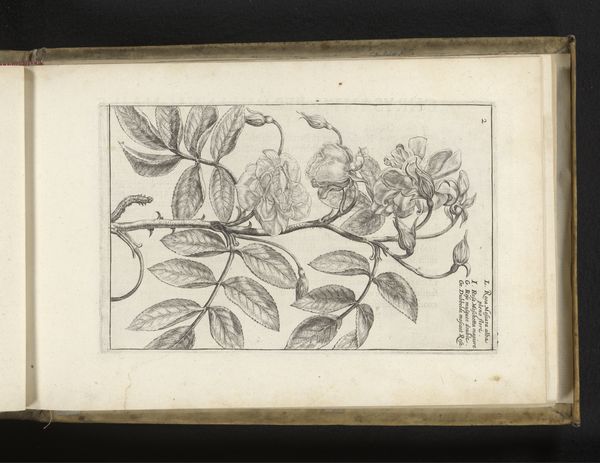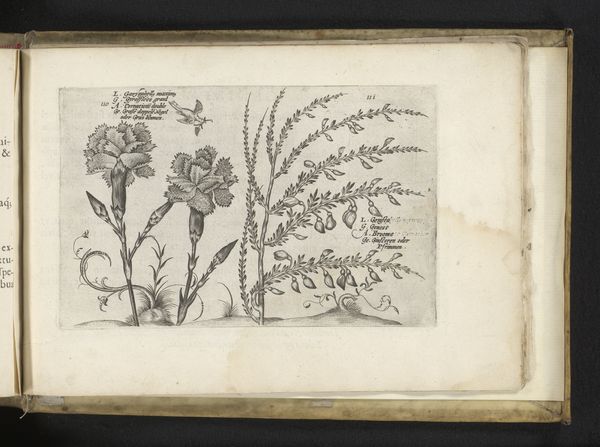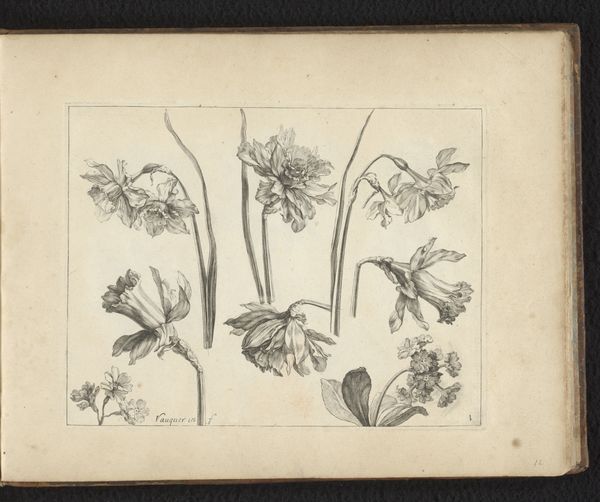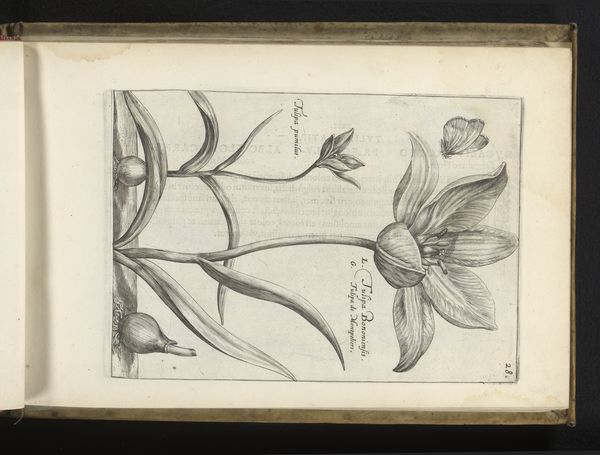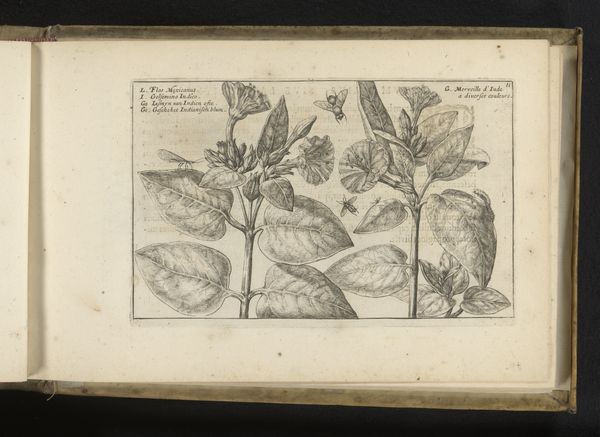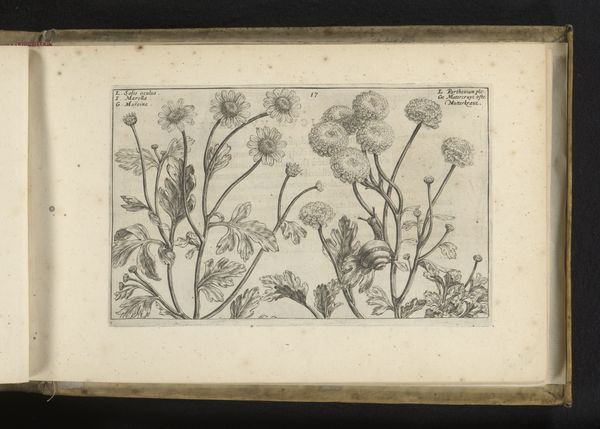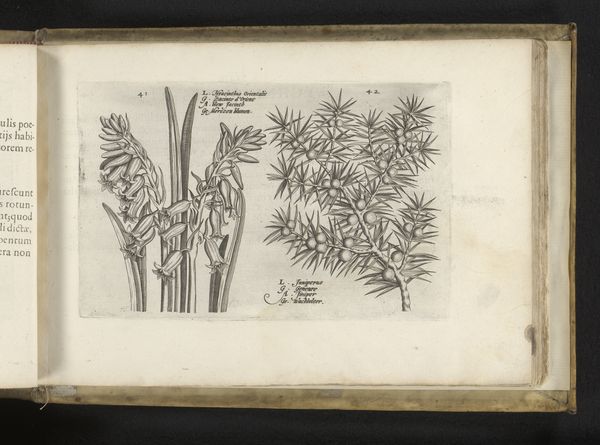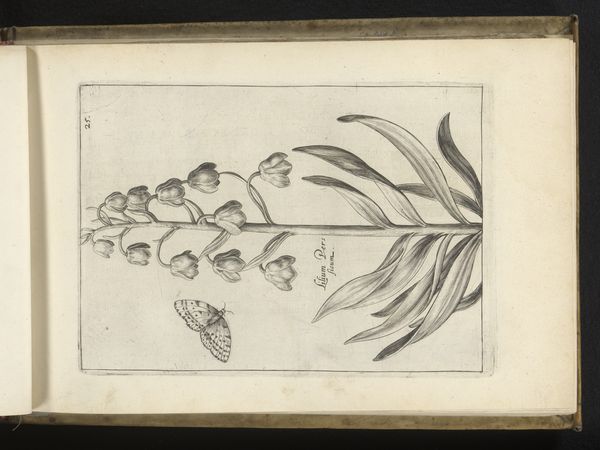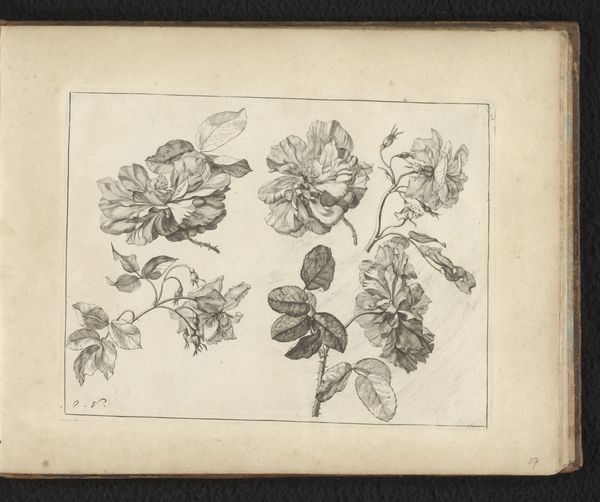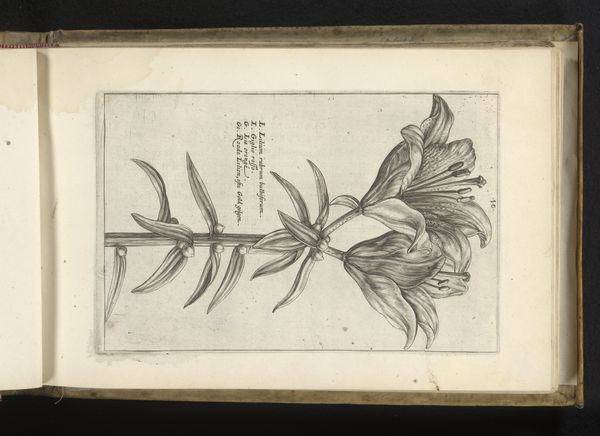
drawing, print, engraving
#
drawing
# print
#
flower
#
northern-renaissance
#
engraving
Dimensions: height 213 mm, width 137 mm
Copyright: Rijks Museum: Open Domain
Curator: Let's discuss this print: Tabaksplant, or Tobacco Plant, by Crispijn van de Passe the Younger, created around 1617. The piece is an engraving. Editor: Immediately, the fine lines and the scientific precision remind me of old botanical illustrations, but something about the starkness of the plant makes it feel melancholic, almost like a memento mori. Curator: That's perceptive. The Northern Renaissance had a particular preoccupation with mortality, often expressed through symbolic objects, plants, and, in this case, potentially through this newly globalized plant. Editor: Globalized indeed! The tobacco plant's journey from the Americas to Europe mirrors so many exploitative colonial exchanges. Does the inclusion of this plant, newly arrived on the scene, carry a commentary on expanding global trade networks, and all the complications that entails? Curator: It absolutely implicates us in that history. The very act of depicting the tobacco plant in such detail serves as documentation of Europe's growing dependence on colonial resources. I also read into this the class implications around it as tobacco then was incredibly expensive, but very desirable. Editor: It's curious to note the delicate moth fluttering nearby. Is that another subtle metaphor for fragility, and maybe even vanity? Such ephemeral beauty drawn to this alluring plant, perhaps mirroring humanity's own attraction to fleeting pleasures? Curator: A beautiful reading! The artist is almost definitely commenting on worldly desire. How intriguing to place a butterfly as a representation. Editor: Considering the era and the history entangled in something as simple as a plant portrait… it leaves quite an aftertaste, doesn't it? A mix of admiration for the artist's skill, unease with the subject, and a stark reminder of where so much of our pleasure comes from. Curator: Absolutely. This piece invites critical self-reflection about our complicity in unequal power structures and consumer habits that have historical roots. A beautiful drawing, definitely, but also so much more.
Comments
No comments
Be the first to comment and join the conversation on the ultimate creative platform.

